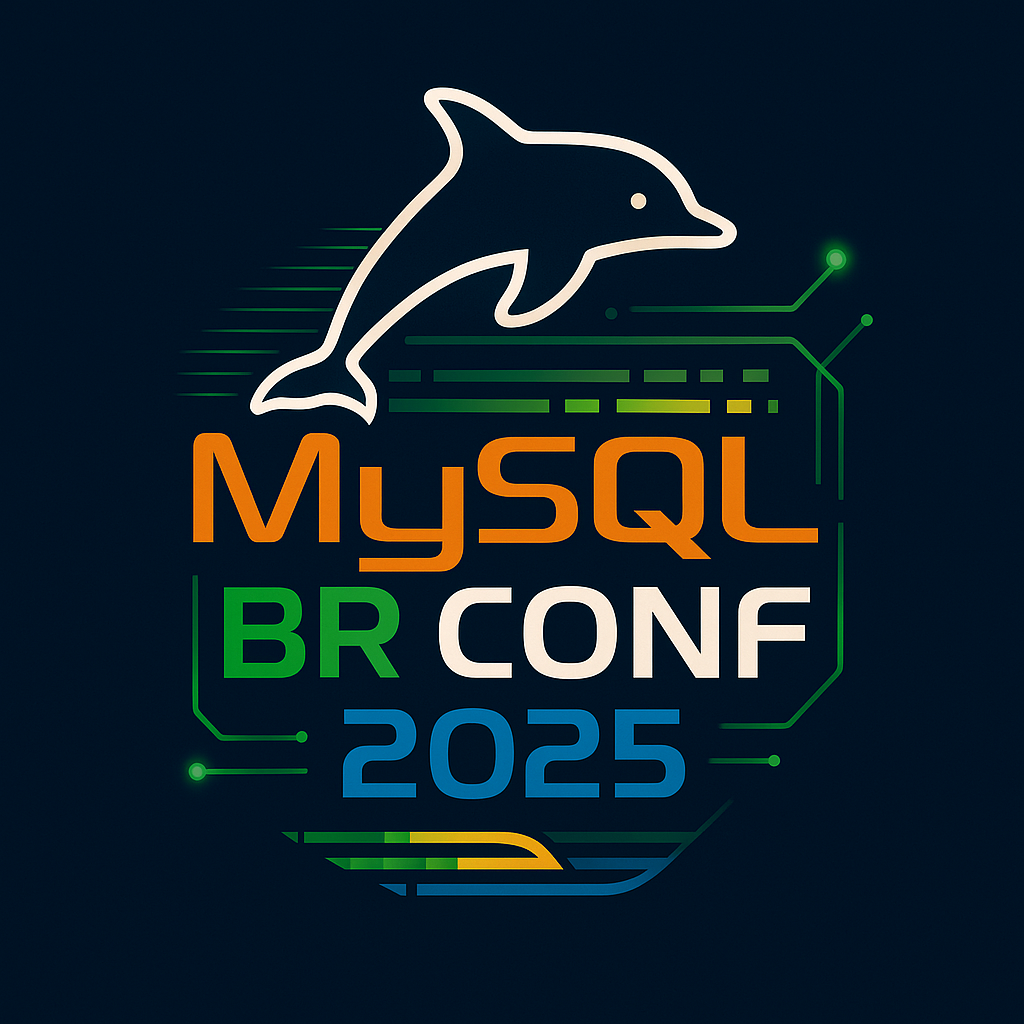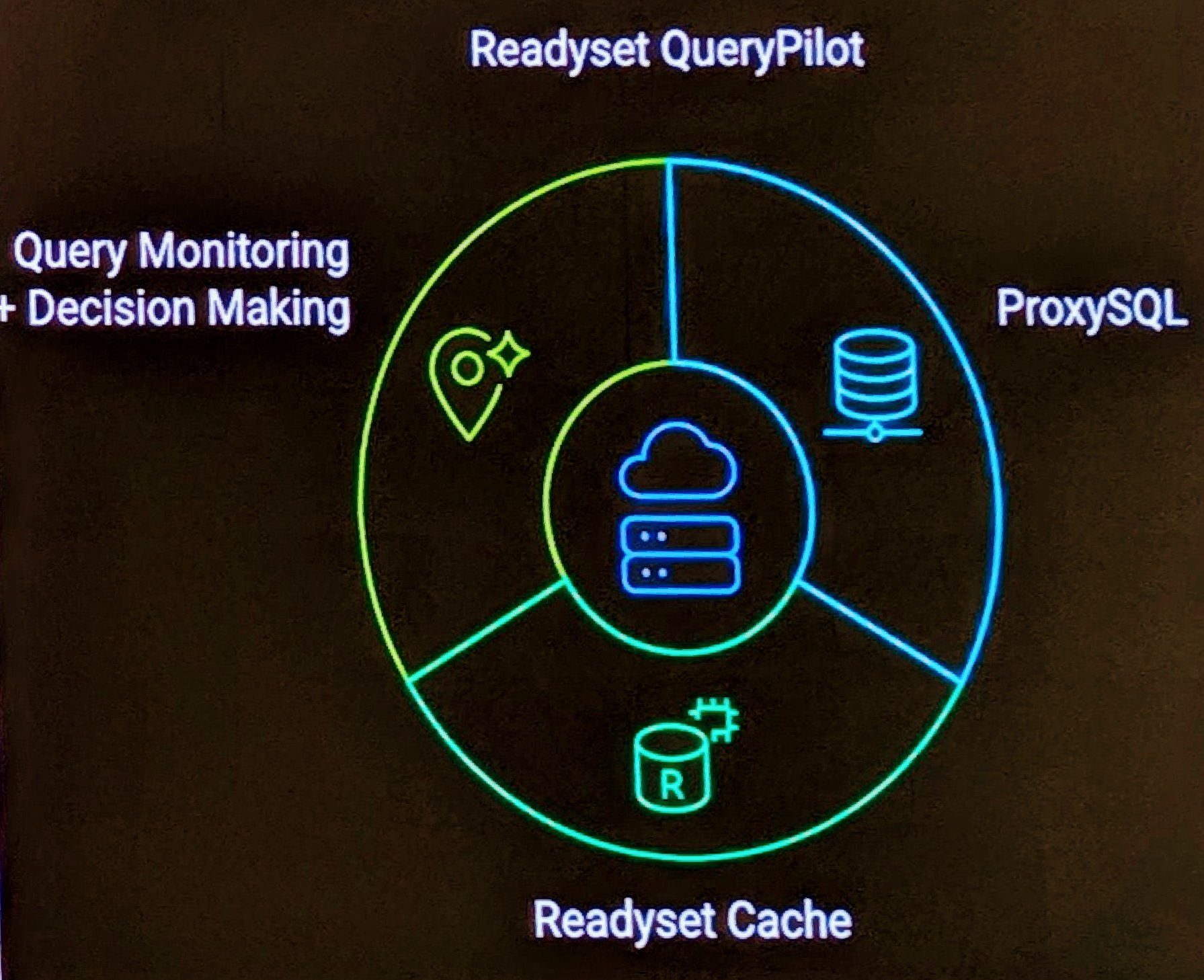What is the optimal OS partition layout for a database server?
I’ve seen so many different configurations for OS partitions of recent time, none to my satisfaction.
Historically, in Unix days 20 years agao, long before RAID and SAN’s all my experiences were for strongly defined partitions.
That is separate partitions for the OS /, /boot, /tmp, /usr, /var and then seperate partitions for effectively application and data with /home and /opt
Today what is optimal for an OS configuration on a database server.
I’m seeking the input and experiences of the community. I’m making the assumption of at least RAID 1 or better for all disks.
It’s obvious that the database partition must be separate, and given snapshot capabilities both the data and binary logs should be specified on the same partition for consistency.
It’s also obvious the /tmp filesystem should not be with the / file system. You never want anything stupid that is using the /tmp filesystem to affect your operational system.
I’ll make the following assumptions.
- Is a production database server
- You are not installing new software often, therefore /usr should remain relatively static.
- You have correctly configured MySQL not to place an data in /var.
This leaves /boot, /usr and /var for the OS. Do these require separate partitions? I would like to see it but do people care. With the amount of disk space available does a large amount bypass the need?
Any comments would be appreciated.


